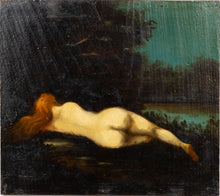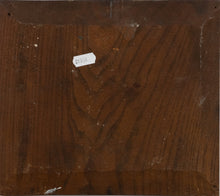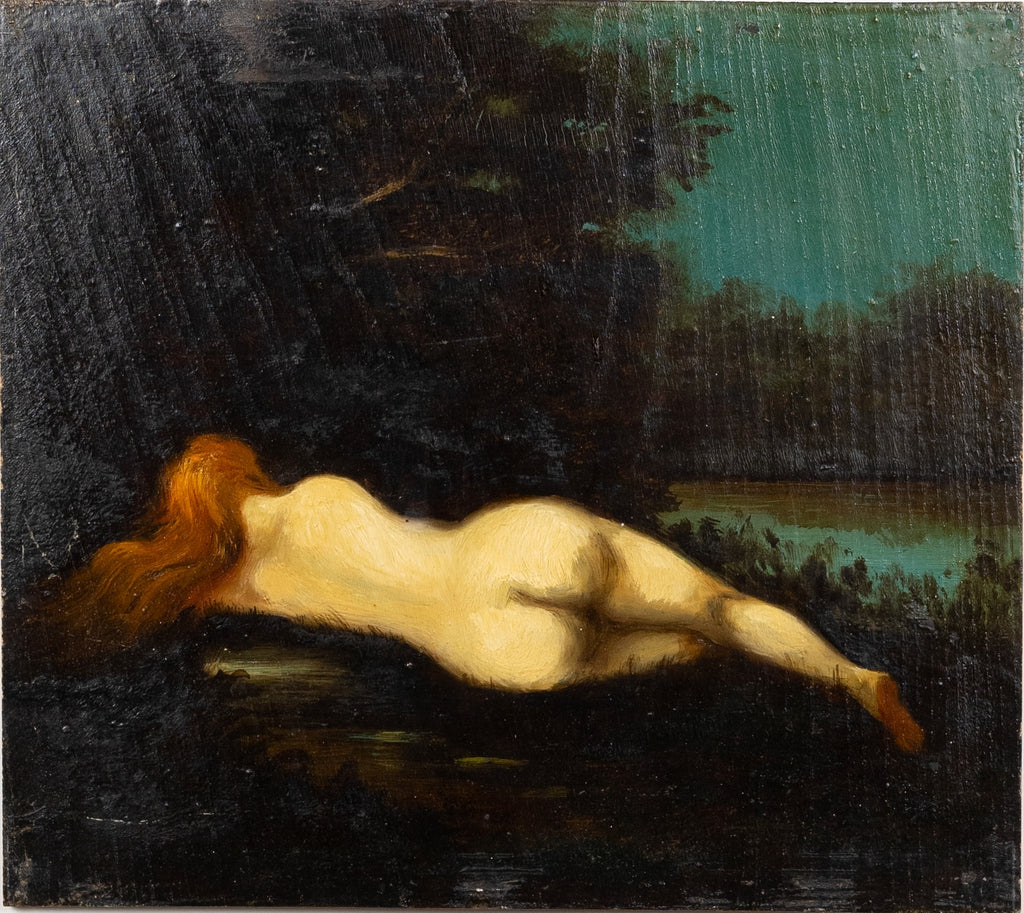French School of the XX century
NAME: Nue allongée au bord d’un lac
ENGLISH NAME: Nude lying on the edge of a lake
MEDIUM: Original Oil on Panel
SIZE: 22 x 24.5 cm (8.5 x 9.5 inches)
IMAGE is ACTUAL ARTWORK
Please contact us to request further information or additional images.
The French School of the 20th century, often referred to as the School of Paris, was a vibrant and influential artistic movement that flourished in Paris from approximately 1900 to 1940. This period saw Paris become a thriving center of artistic activity, attracting artists from around the world and fostering an environment of creative exchange and innovation. The School of Paris was not a formal institution or a unified artistic style, but rather a loose association of artists working in the French capital during this time. Its mission, though not explicitly stated, was to push the boundaries of artistic expression and explore new forms of visual representation.
This particular piece we believe to be in the style of Nu allongé de dos – by Jean-Jacques Henner:


Jean-Jacques Henner – French Painter
Born - 5 March 1829, Bernwiller, Alsace
Died - 23 July 1905 (aged 76), Paris, French Third Republic
Known For use of sfumato and chiaroscuro in painting nudes, religious subjects, and portraits
Notable Works: Bather Asleep, Chaste Susanna, The Magdalene, Saint Jerome, Saint Fabiola
Awards: Prix de Rome, Grand Prix for painting at the Paris Exposition Universelle (1900)
Honors: Chevalier of the Legion of Honour (1873), Officer (1878), Commander (1889)
Key characteristics of the School of Paris include:
International diversity: The movement brought together artists from various nationalities, creating a melting pot of artistic ideas and influences.
2. Stylistic variety: Artists associated with the School of Paris employed a wide range of styles and techniques, including Fauvism, Cubism, Expressionism, and Symbolism.
3. Traditional subjects: Despite their innovative approaches, these artists often focused on conventional subjects such as portraiture, figure studies, landscapes, cityscapes, and still lifes.
4. Cross-pollination of ideas: The close proximity of artists in Paris led to a rich exchange of creative concepts and techniques.
Some of the notable artists associated with the School of Paris include:
· Pablo Picasso: The Spanish artist who played a crucial role in developing Cubism.
· Georges Braque: Picasso's collaborator in the development of Cubism.
· Joan Miró: Another Spanish artist who was a pioneer of Surrealism.
· Giorgio de Chirico: An Italian artist considered a precursor to Surrealism.
· Amedeo Modigliani: An Italian artist known for his distinctive elongated figures.
· Constantin Brancusi: A Romanian sculptor who influenced many painters in the group.
The School of Paris also included French luminaries such as Henri Matisse, André Derain, Pierre Bonnard, and Jean Dubuffet, who worked alongside their international counterparts. The movement's impact on modern art was profound, as it helped establish Paris as the global center of avant-garde art in the early 20th century. The School of Paris fostered experimentation and innovation, paving the way for numerous artistic movements that would shape the course of 20th-century art. The outbreak of World War II in 1939 marked the end of this golden era, as many artists fled Paris or returned to their home countries. However, the legacy of the School of Paris continued to influence art worldwide, cementing its place as a crucial chapter in the history of modern art.







